From signs of decline decades ago to a definitive moment for sagebrush country—catch up and learn what’s at stake for sage grouse and the sportsmen who depend on them.
I had hiked for what seemed like hours and endless miles through the central Wyoming sagebrush, working my dogs in every place I’d ever found sage grouse in years past. I was a bit dumbfounded as these areas usually produced birds in fairly short order, but it seemed that all those honey holes were dry this year. I wondered what happened, as I kneeled down and poured some water into a bowl for the dogs and then took a sip myself.
All of a sudden, my chocolate lab, Deke, perked up his ears, began wagging his tail, and briskly walked toward a line of sage that we had yet to push through about 20 yards away. Apparently, the wind had shifted into our faces, and he was finally on some birds. No sooner had I grabbed my 20-gauge when a half-dozen sage grouse erupted from the brush. I dropped one, fired again and missed, and then hit a second bird with my last round. Just like that, we were done for the day—and the season, as it turned out. There were no birds the next day, no matter how far we wandered.
That hunt took place in 2012, just as I had started working in the complex world of policy and management of the greater sage grouse with the TRCP. It was also during a crippling drought, the likes of which the West hadn’t experienced for several years.
I wasn’t the only hunter to get skunked, either. The second-lowest number of male sage grouse since 1965 were counted on their breeding grounds that year, following decades of sagebrush being degraded or lost to urbanization, crop conversion, energy development, fire, and invasive weeds. In total, the West had lost nearly 50 percent of its sagebrush country by the new millennium, and grouse numbers followed suit, declining about one percent each year on average since the mid-1960s.
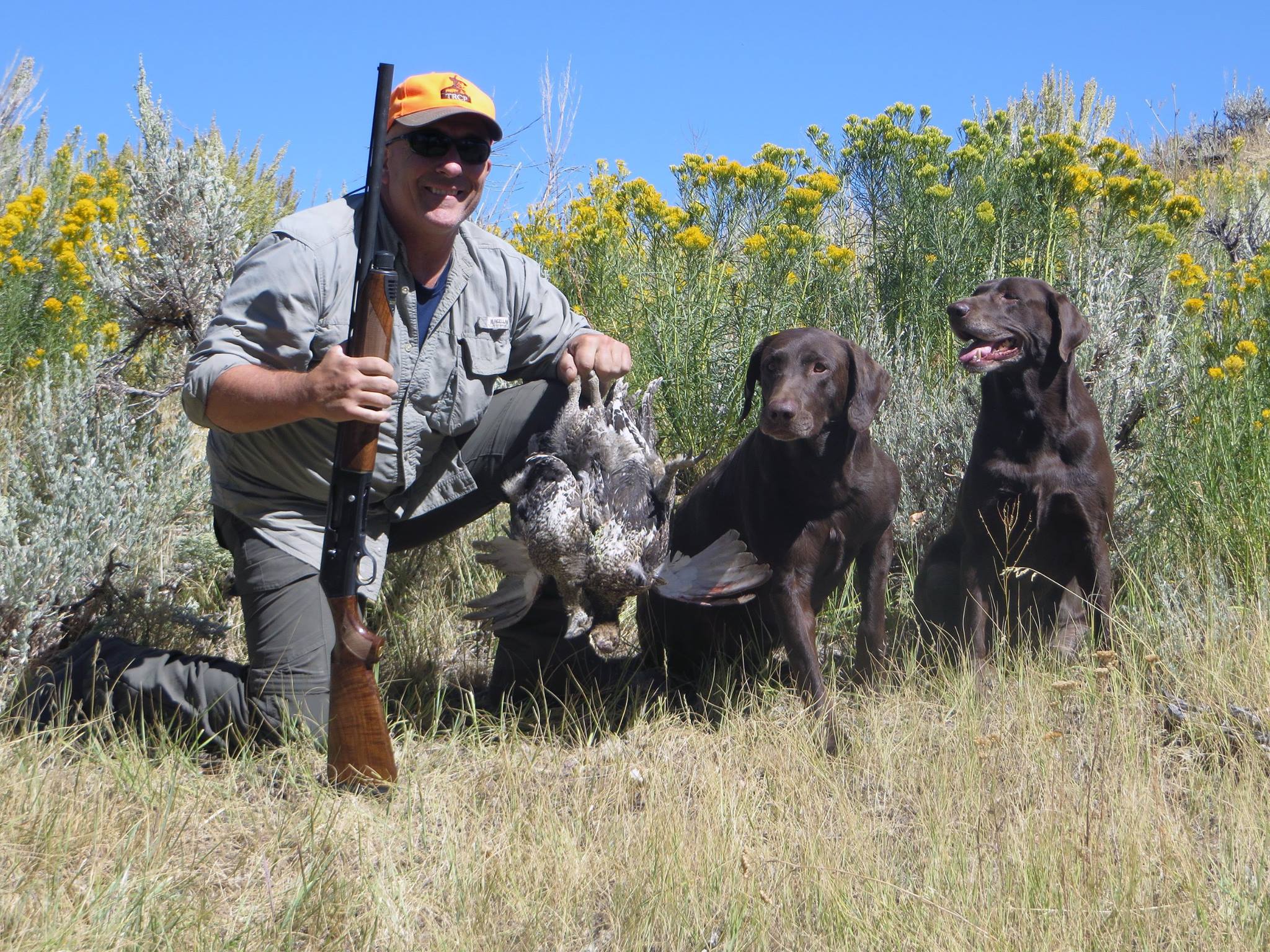
A lot has happened since then. Though state agency biologists put forth a range-wide conservation strategy in 2006, it took a petition to list the species—and ultimately a court order mandating that the U.S. Fish and Wildlife Service determine whether the species warranted protections under the Endangered Species Act by September 2015—to send most states and federal agencies into action.
Wyoming led the way in this effort, bringing multiple interest groups together to craft a balanced approach to conservation and knowing full well that a listing would cripple the state and much of the West. As the September 2015 deadline approached, 11 Western states had all developed some sort of conservation plan for greater sage grouse, and the Bureau of Land Management and U.S. Forest Service finalized their own plans for conservation on public lands just before the USFWS’s final decision was announced.
Private landowners jumped in, too. The Natural Resource Conservation Service, under the U.S. Department of Agriculture, created the Sage Grouse Initiative to help landowners get technical advice on tailoring their operations to help grouse and their rangeland and poured hundreds of millions of dollars into habitat improvements, like removing invasive trees to improve grass and forb (sage grouse food) production. It was mutually beneficial for ranchers and the iconic dancing birds—as one rancher from Oregon has famously said, “What’s good for the bird is good for the herd.”
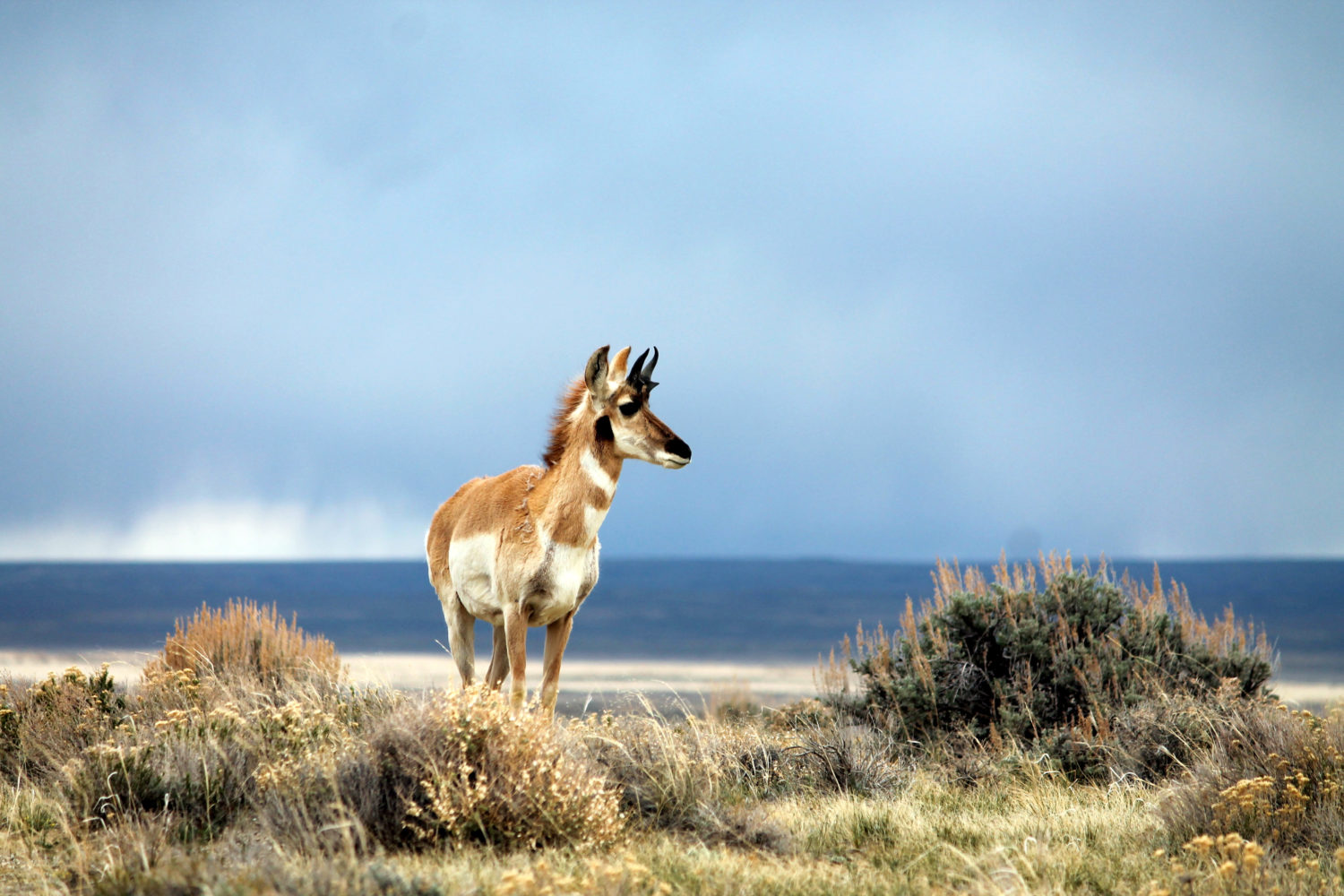
When this historic collaborative work paid off, and the Department of Interior and Fish and Wildlife Service announced that the range-wide population of greater sage grouse did not warrant protections under the Endangered Species Act, a collective sigh of relief could be felt across the West.
I’ve been a professional wildlife biologist for almost 30 years, and for me and most of my colleagues it is clear that the work to benefit sage grouse over the last several years has been the greatest landscape-scale conservation effort undertaken in modern times. Steve Williams, president of the Wildlife Management Institute and a former U.S. Fish and Wildlife Service director, has stated that the unprecedented and extraordinary collaboration we’ve seen sets forth a model for the future of conservation in America.
But the work has only just begun. One thing we all need to keep in mind is that the decision to keep sage grouse off a threatened or endangered species list was predicated on the promise of implementing both federal and state conservation plans simultaneously and without interruption, all while conservation efforts on private lands continue. No single effort can stand alone to deliver the necessary conservation benefits or regulatory certainty to avoid a future listing.
But major amendments and lengthy disruptions could drastically alter the course for habitat conservation and undo years of hard work—years that sage grouse don’t have to waste.
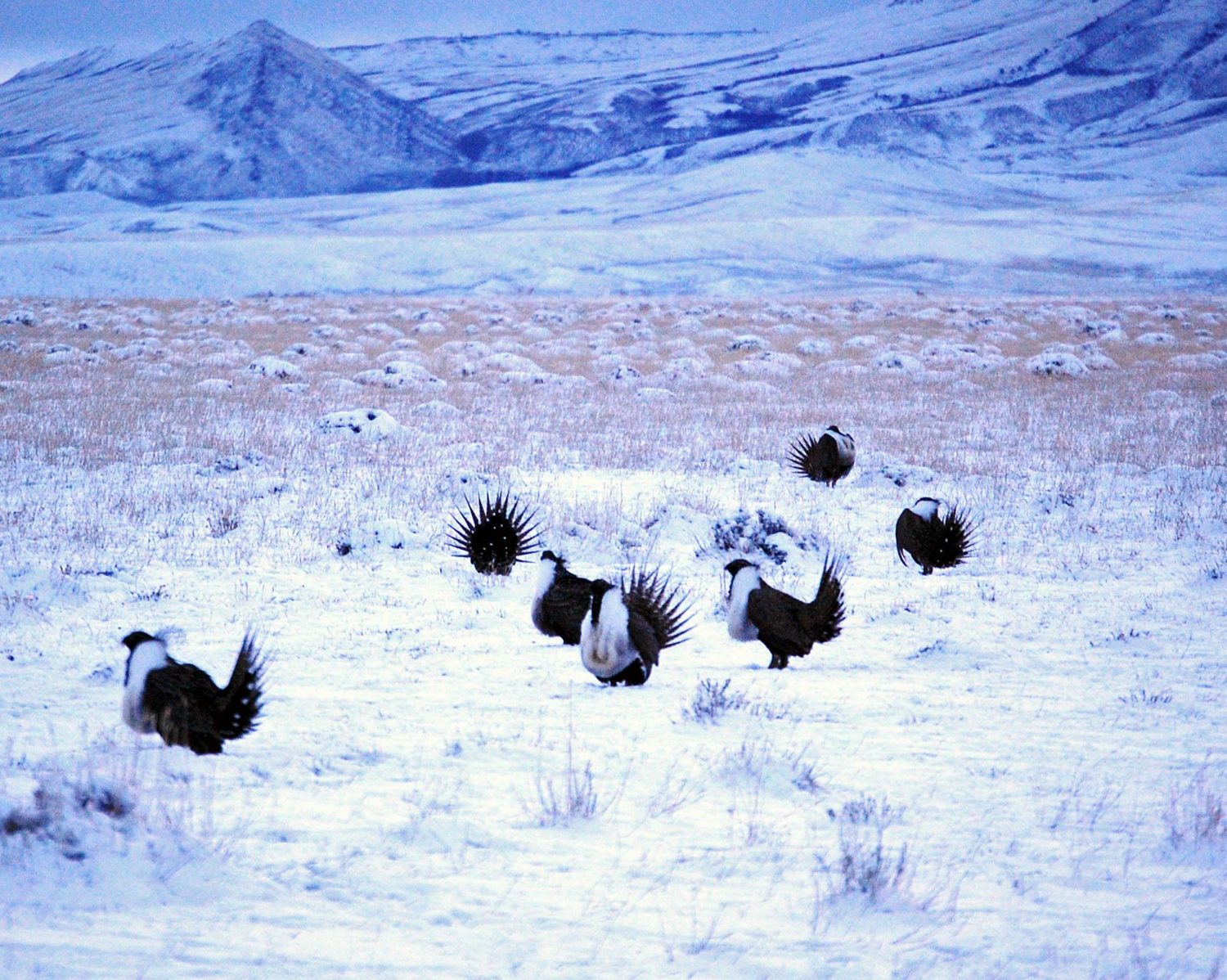
There’s simply no denying that long-term conservation measures will benefit everyone in the end.
So why do we think it’s so important for sportsmen and women to understand all of this, even after the not warranted decision for sage grouse was issued? We depend on public lands for quality habitat that allows fish and wildlife populations to thrive. And we know that sagebrush provides habitat for more than 350 species of plants and wildlife, including many beyond sage grouse, like pronghorns, wild trout, mule deer, and elk.
Major disruptions in #sagegrouse plans could drastically alter the course for habitat #conservation. Click To TweetThese iconic species define the Western landscape and our days afield. Meanwhile, the extraordinary outdoor recreation opportunities in sagebrush country help drive spending in our local communities, supporting the $887-billion outdoor recreation economy and more than 7.5 million jobs. These pursuits mean big business, and the places where we are free to hunt and fish define us as Americans.
This is why we need to keep this historic collaborative conservation effort moving forward, while continuing to work with the states and all stakeholders on thoughtful improvements. It is critical to our outdoor heritage, economy, and Western way of life.


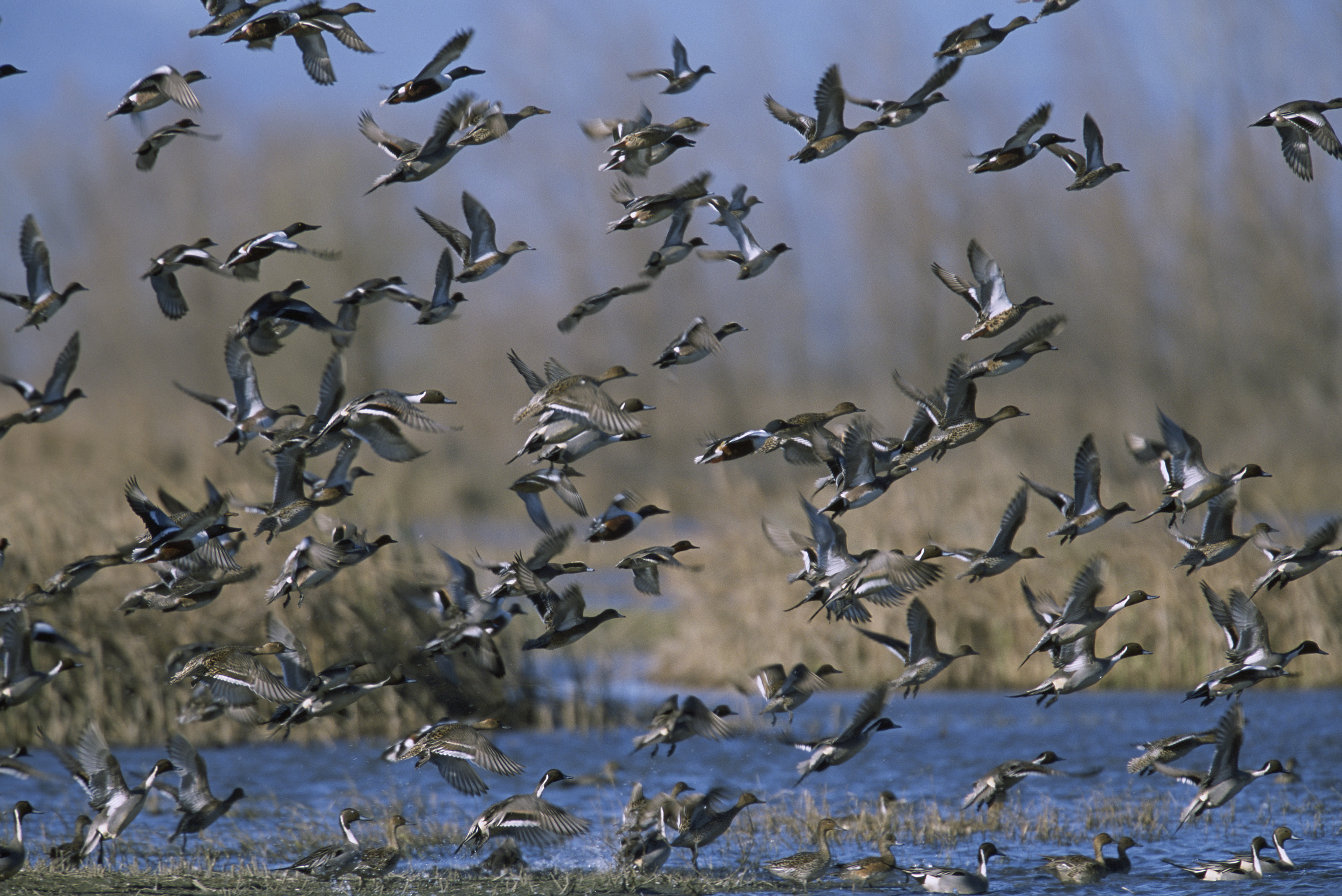
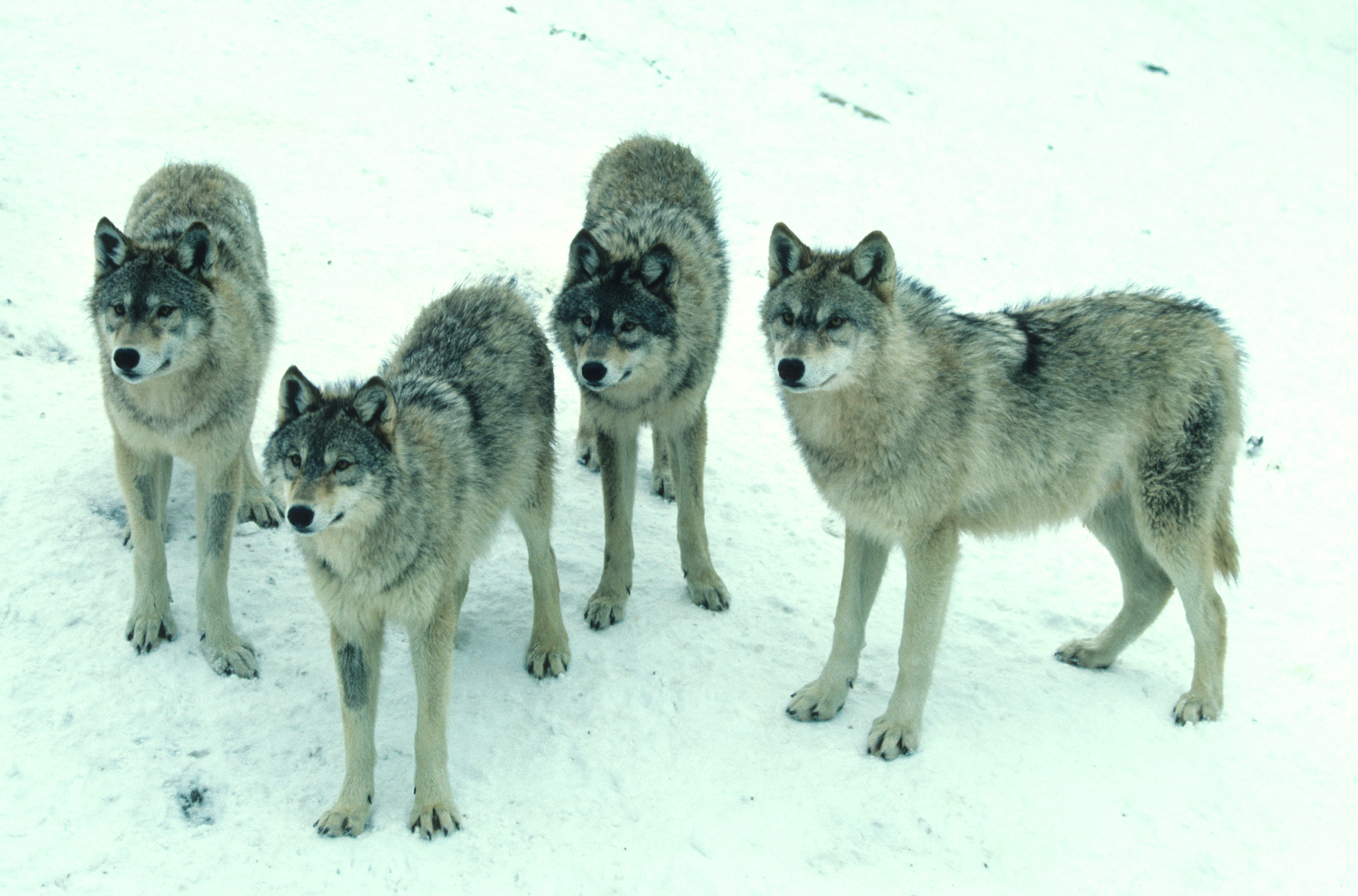
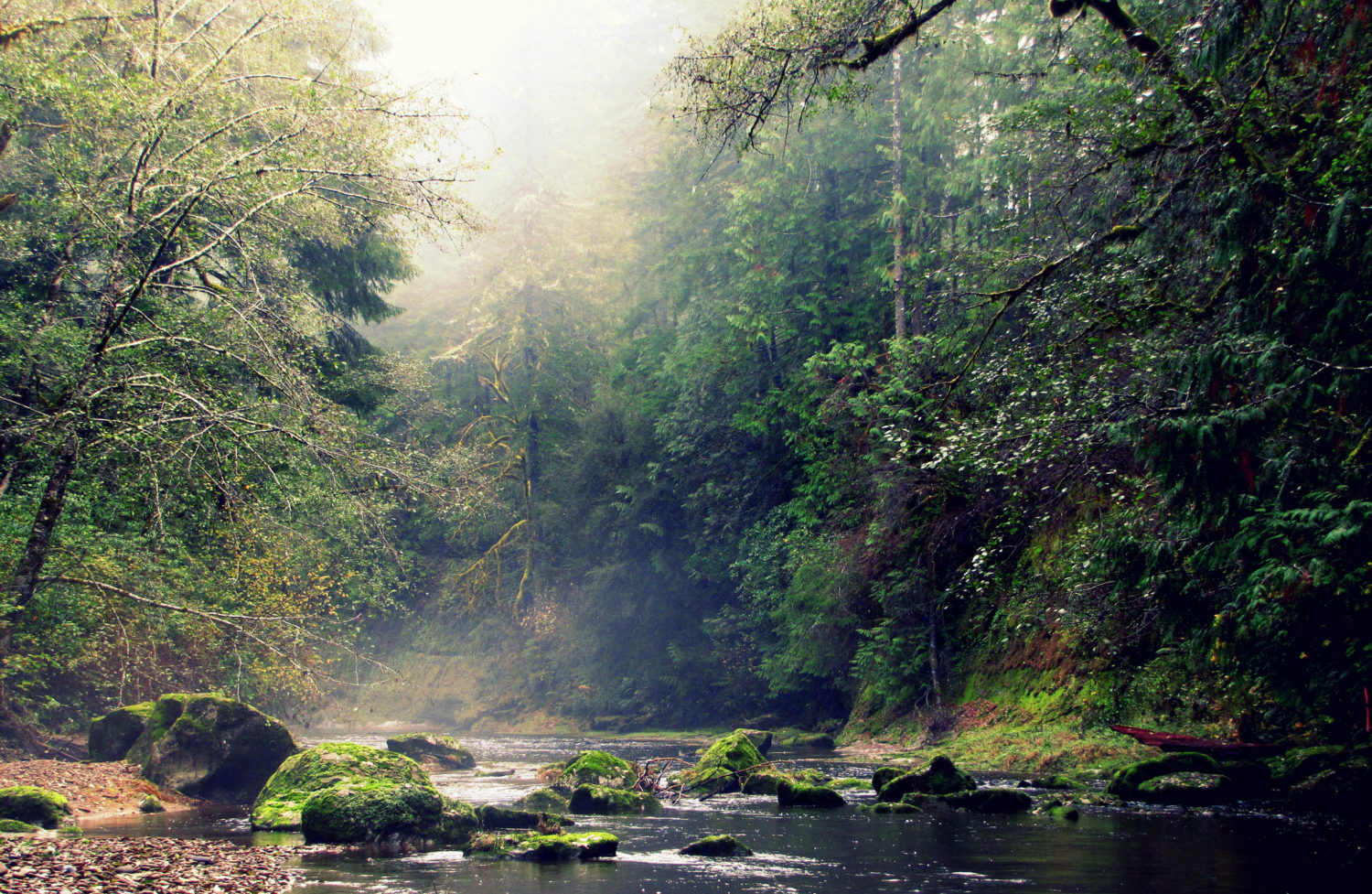
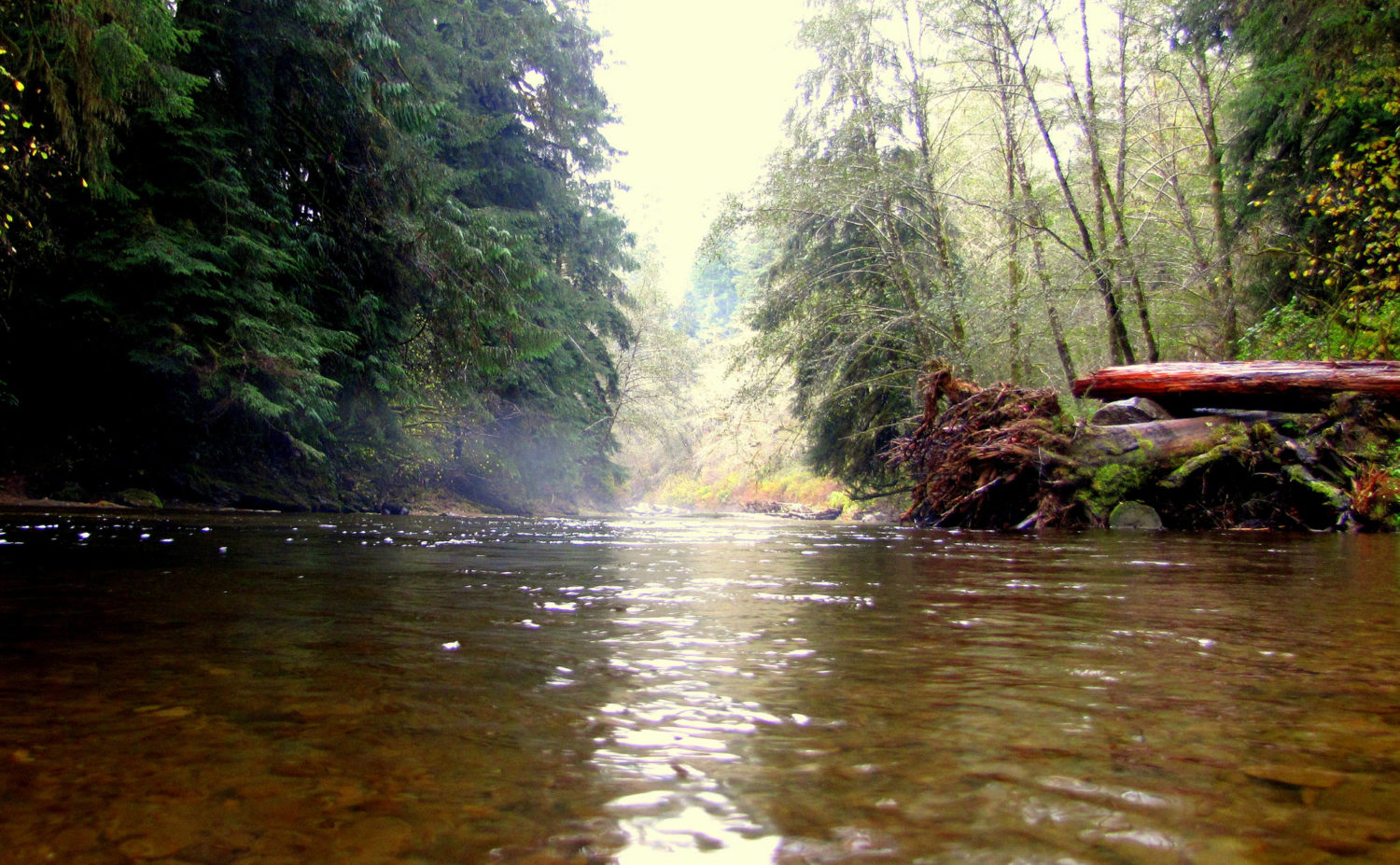
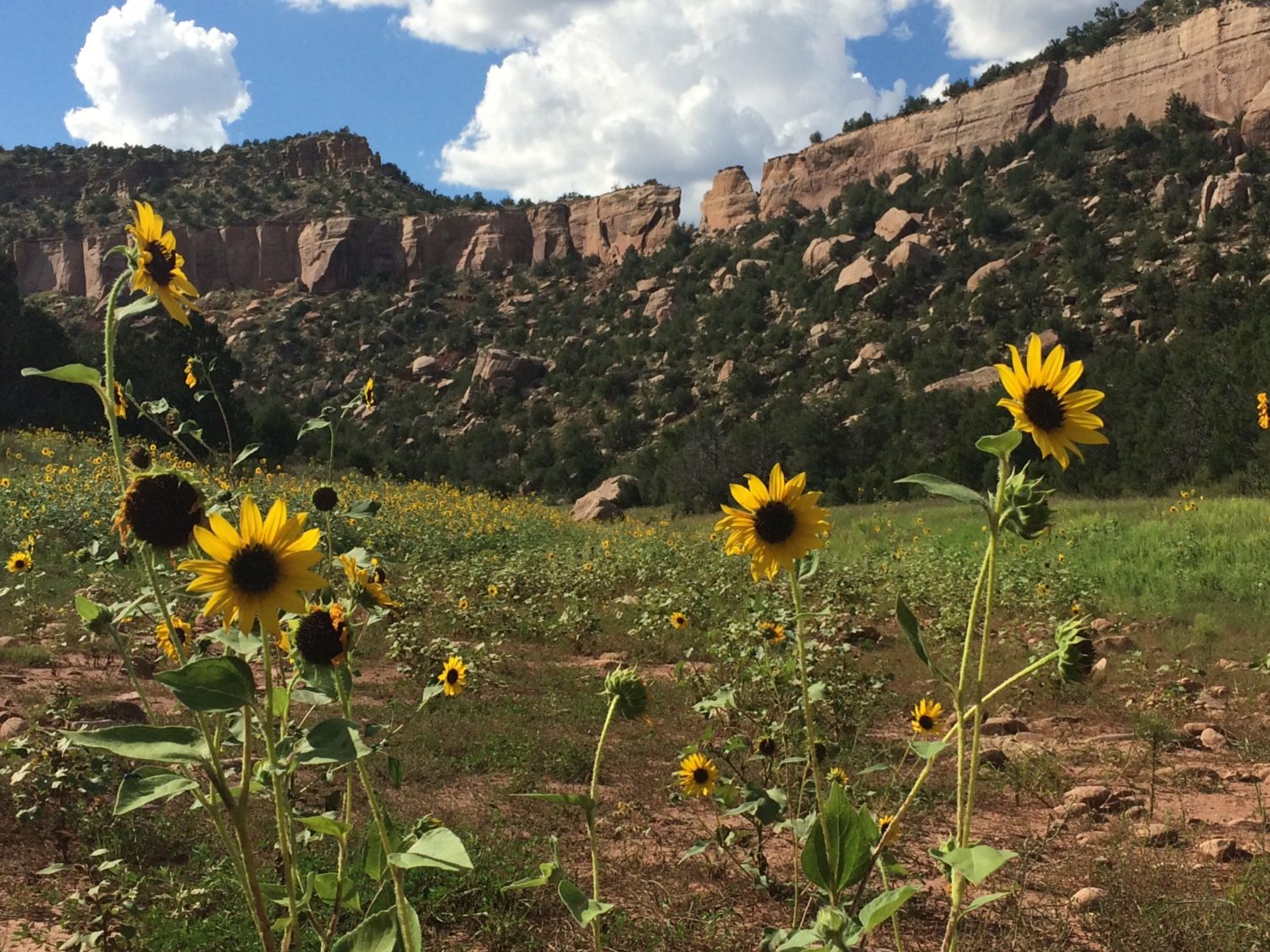
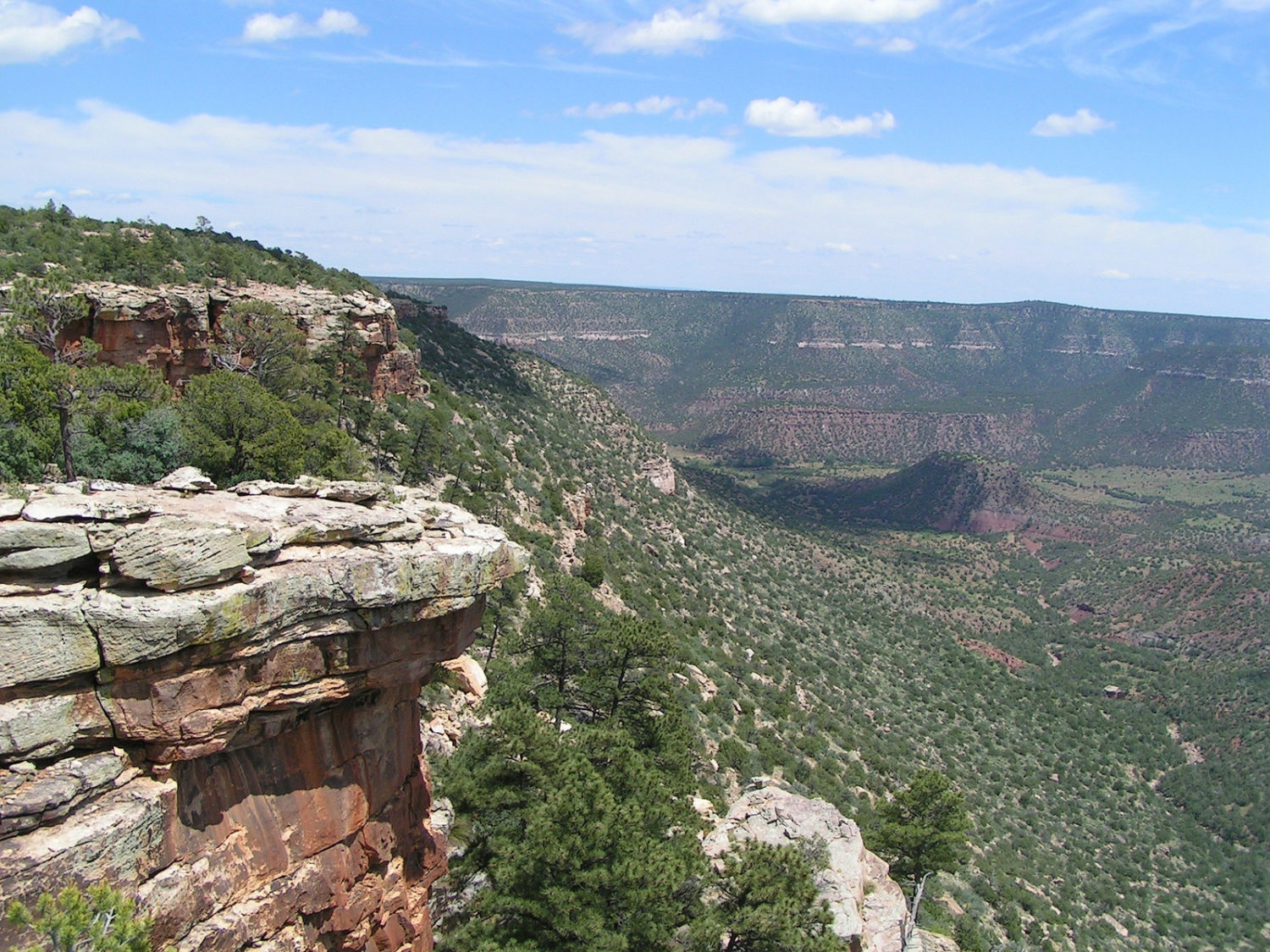
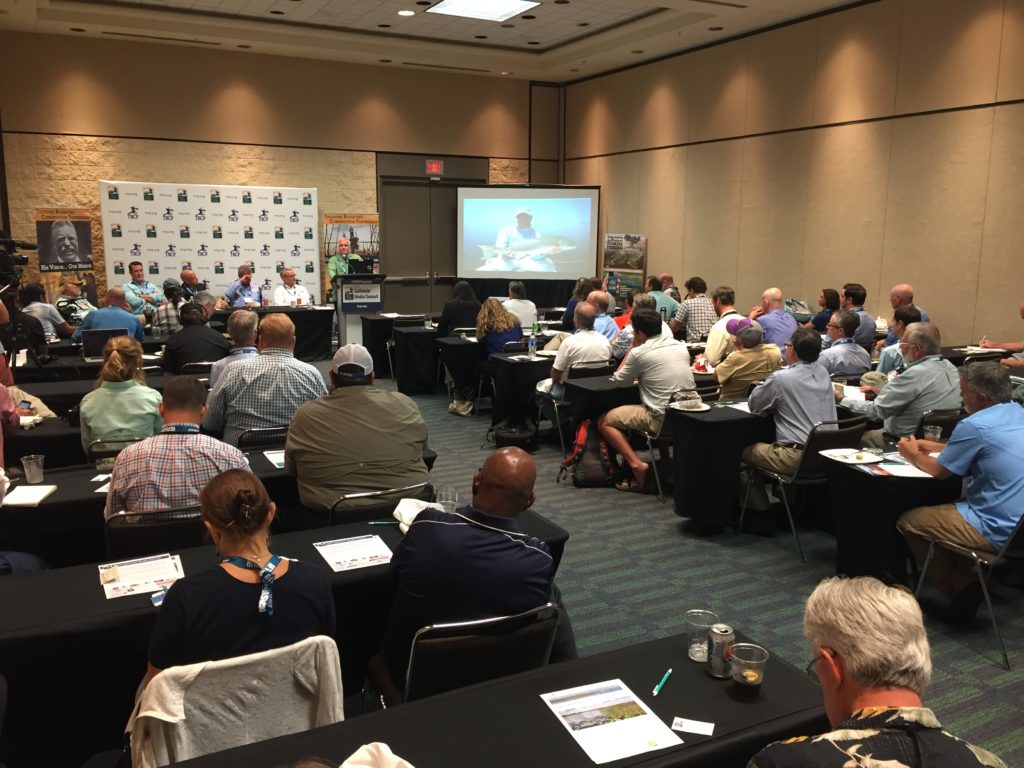
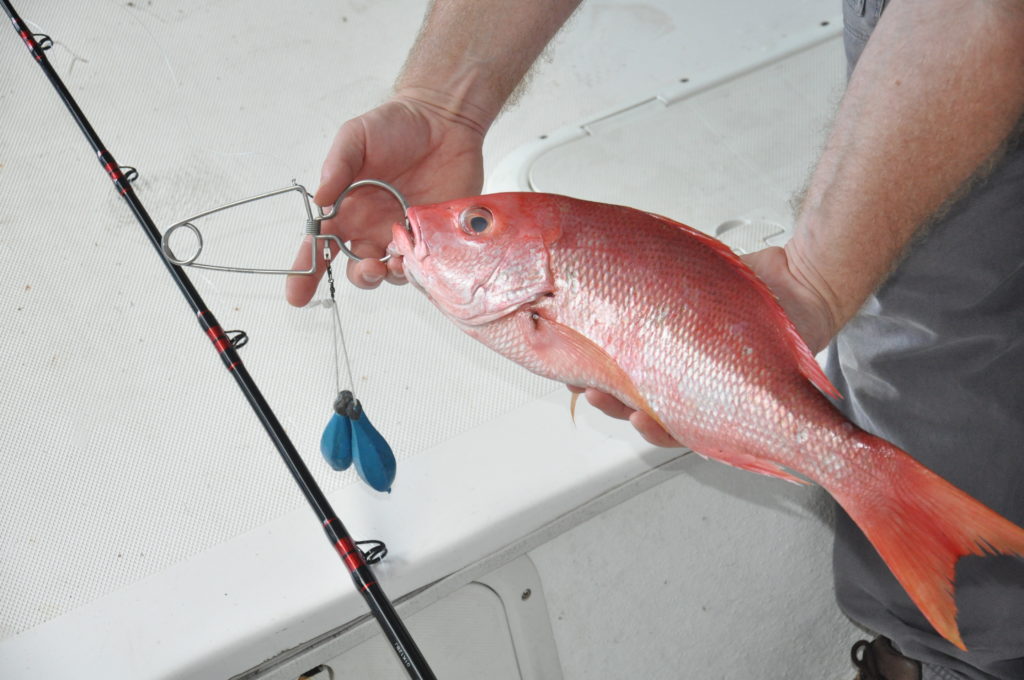




Dear Secretary Zinke: I am 74 years old and a retired wildlife biologist. The collaborative effort between the states, government officials and the public are an historic conservation milestone. I strongly urge you to allow the “plan” to move forward without altering it, thus jeapordizing this effort as well as the species and all of the folks that put so much into this effort! This could be a defining moment (one way or the other) in your legacy. Please make it a good one for wildlife and the people! Sincerely, L. Fisher
Extinct is forever
My career was in state park management and I’m a hunter who shares the grouse love. Keep this movement going.
Dear Secretary Zinkes: As an outdoorsmen, conservationist, hunter, sporting artist and landowner I implore you to continue the historic Sage Grouse Initiative collaborative efforts now in place. As you well know it’s not just about sage grouse, it’s about all the wildlife that inhabit sagebrush country and the positive economic impacts of recreation / ranching on the West. Federal and State governments working together with private landowners is the key to the Sage Grouse Initiative. It is working, please keep the momentum moving forward! Good days afield, Ross B. Young
I have only once seen Sage Grouse in the State of Washington. Ironically the birds were on the firing range in Yakima where non-military hunters are permitted to hunt. Whatever habitat existed at one time that supported these birds in Washington has gone to agricultural demands on the land. Where we can save these birds we should, let’s keep up the fight.
The collaborative effort between the states, government officials and the public are an historic conservation milestone. I strongly urge you to allow the “plan” to move forward without altering it, thus jeapordizing this effort as well as the species and all of the folks that put so much into this effort! This could be a defining moment (one way or the other) in your legacy. Please make it a good one for wildlife and the people!
Sincerely,
Travis Roberts
Dear Secretary Zinke
I urge you to allow the collaborative effort to improve habitat for Sage Grouse and other prairie species to continue. Habitat is always the engine that drives the train for thriving wildlife. Artificial supports like releasing pen raised birds and animals are seldom effective. Improving the habitat is the “Field.” If you build it (habitat) they (birds and wildlife) will come.
We ravaged America over 100 years ago. We have come together to build it back by conserving wild places and wild things. It’s our obligation to continue what we started. America’s legacy is at stake. Let this plan move forward.
Dear Mr. Secretary. There are many areas in conservation where thoughtful people can and have used our land and left it in good and sometimes better condition for different species of concern. Then there are specific species and habitats that we either don’t know enough about, or we do know enough to understand that a conservative approach to their care demands a hands off approach. This is scalpel work, not meat cleaver. The Sage Grouse management plan has been a powerful example of public private partnership worthy of your support and nurturing as you make face the immense challenges of balancing use and conservation in the dry West.
Dear Secretary Zinke–I live in Central Montana, on the edge of the sagebrush steppe, and have spent decades writing about the fascinating eastern half of your home state. Although I am also an avid hunter, I stopped shooting sage grouse years ago because of my concern about their future. The recent collaborative effort among multiple stakeholders resulting in a plan that kept the sage grouse from being listed was a remarkable example of voluntary cooperation among diverse parties. I have friends in the ranch community who made adaptations on their rangeland in accordance with this plan and actually saw livestock production improve as a result. Someday I hope to hunt sage grouse again myself. Please let the initiative stand.
Dear Mr. Zink: I live in the Midwest, I have never laid eyes on sage grouse, I would like to someday! Please rise above the anti-science based decision making process of this current administration! Whether it be the sage grouse, the bobwhite quail, sharptail grouse or the ring-necked pheasant, we need holistic, landscape-level habitat restoration, and conservation. We are looking to you to steer this ship, and deliver! Get 40 million acres placed back into the CRP cap, and make good on a resource friendly farmbill. Wildlife is a economic engine, it’s time to “start your engine”!!!’
For the most part the initiative has been a very good thing. Of course, it has coincided with the return of wet weather cycles in Wyoming when the birds typically see a boom in population. This is painting a rosier picture for the effort than is reality. I have spent my life with these birds and watched population cycles come and go with the droughts. During the most recent drought period, talk of threatened status arose. Of course, decades of data proved it unnecessary as a wide sweeping policy. Protecting the habitat we have is necessary but without extreme measures. One thing that has me deeply disturbed is the “removal of invasives” in my area. What is being poisoned/ eradicated in my home area is cheatgrass. The issue is that doing so completely sacrifices another valuable game bird, the chukar partridge. The response form a local Wyoming Game and Fish Dept. biologist is “They’re non-native”. Lousy attitude for a noble bird we hunt here for 4 to 4 1/2 months. We are losing one species in the name of another, with no proof there will be worthwhile gains. Ironically, we are repeating the sins of the past that wiped out sage grouse habitat. We have gone too far.